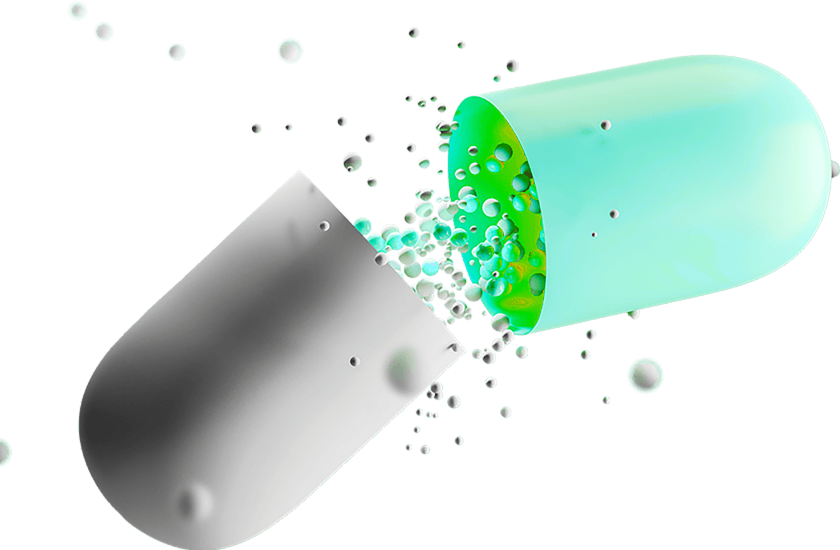- Afrikaans
- Albanian
- Amharic
- Arabic
- Armenian
- Azerbaijani
- Basque
- Belarusian
- Bengali
- Bosnian
- Bulgarian
- Catalan
- Cebuano
- Corsican
- Croatian
- Czech
- Danish
- Dutch
- English
- Esperanto
- Estonian
- Finnish
- French
- Frisian
- Galician
- Georgian
- German
- Greek
- Gujarati
- Haitian Creole
- hausa
- hawaiian
- Hebrew
- Hindi
- Miao
- Hungarian
- Icelandic
- igbo
- Indonesian
- irish
- Italian
- Japanese
- Javanese
- Kannada
- kazakh
- Khmer
- Rwandese
- Korean
- Kurdish
- Kyrgyz
- Lao
- Latin
- Latvian
- Lithuanian
- Luxembourgish
- Macedonian
- Malgashi
- Malay
- Malayalam
- Maltese
- Maori
- Marathi
- Mongolian
- Myanmar
- Nepali
- Norwegian
- Norwegian
- Occitan
- Pashto
- Persian
- Polish
- Portuguese
- Punjabi
- Romanian
- Russian
- Samoan
- Scottish Gaelic
- Serbian
- Sesotho
- Shona
- Sindhi
- Sinhala
- Slovak
- Slovenian
- Somali
- Spanish
- Sundanese
- Swahili
- Swedish
- Tagalog
- Tajik
- Tamil
- Tatar
- Telugu
- Thai
- Turkish
- Turkmen
- Ukrainian
- Urdu
- Uighur
- Uzbek
- Vietnamese
- Welsh
- Bantu
- Yiddish
- Yoruba
- Zulu
10 月 . 31, 2024 05:35 Back to list
gentamicin sulfate antibiotic
Gentamicin sulfate is a broad-spectrum antibiotic that belongs to the class of aminoglycosides. It is primarily used in the treatment of various bacterial infections caused by Gram-negative bacteria, as well as some Gram-positive strains. Developed in the 1960s, gentamicin has become a crucial antimicrobial agent in clinical settings, particularly for patients with severe infections where other antibiotics may not be effective.
The mechanism of action of gentamicin involves binding to the bacterial ribosome, specifically the 30S subunit, which inhibits protein synthesis. This disruption prevents bacterial cells from producing essential proteins required for growth and replication, ultimately leading to cell death. Given its effectiveness against a wide range of pathogens, it is commonly used to treat infections such as urinary tract infections, septicemia, respiratory infections, and infections of the bones and joints.
.
Gentamicin is often administered via intramuscular or intravenous routes, and the dosage can vary based on the severity of the infection, the patient's weight, and their kidney function. For some patients, especially those with impaired kidney function, dose adjustments may be necessary to minimize the risk of toxicity.
gentamicin sulfate antibiotic

Combining gentamicin with other antibiotics may enhance its effectiveness, especially in treating complicated infections. For instance, it is frequently used in combination with beta-lactam antibiotics for synergistic effects against certain pathogens, enhancing overall treatment outcomes while reducing the likelihood of resistance.
Resistance to gentamicin, like many antibiotics, is a growing concern in clinical medicine. Bacteria may develop mechanisms to neutralize or evade the effects of gentamicin, which can lead to treatment failures. Therefore, continuous surveillance and appropriate use are imperative to minimize the emergence of resistant strains.
In summary, gentamicin sulfate remains a pivotal antibiotic in the fight against bacterial infections, especially in intensive care settings. Understanding its uses, potential side effects, and resistance patterns is crucial for healthcare providers to optimize patient outcomes. With ongoing research and vigilance in antibiotic stewardship, gentamicin can continue to be an effective tool in combating bacterial infections. As with all antibiotics, responsible use is paramount to preserving its efficacy for future generations.
-
The Power of Radix Isatidis Extract for Your Health and Wellness
NewsOct.29,2024
-
Neomycin Sulfate Soluble Powder: A Versatile Solution for Pet Health
NewsOct.29,2024
-
Lincomycin Hydrochloride Soluble Powder – The Essential Solution
NewsOct.29,2024
-
Garamycin Gentamicin Sulfate for Effective Infection Control
NewsOct.29,2024
-
Doxycycline Hyclate Soluble Powder: Your Antibiotic Needs
NewsOct.29,2024
-
Tilmicosin Premix: The Ultimate Solution for Poultry Health
NewsOct.29,2024













